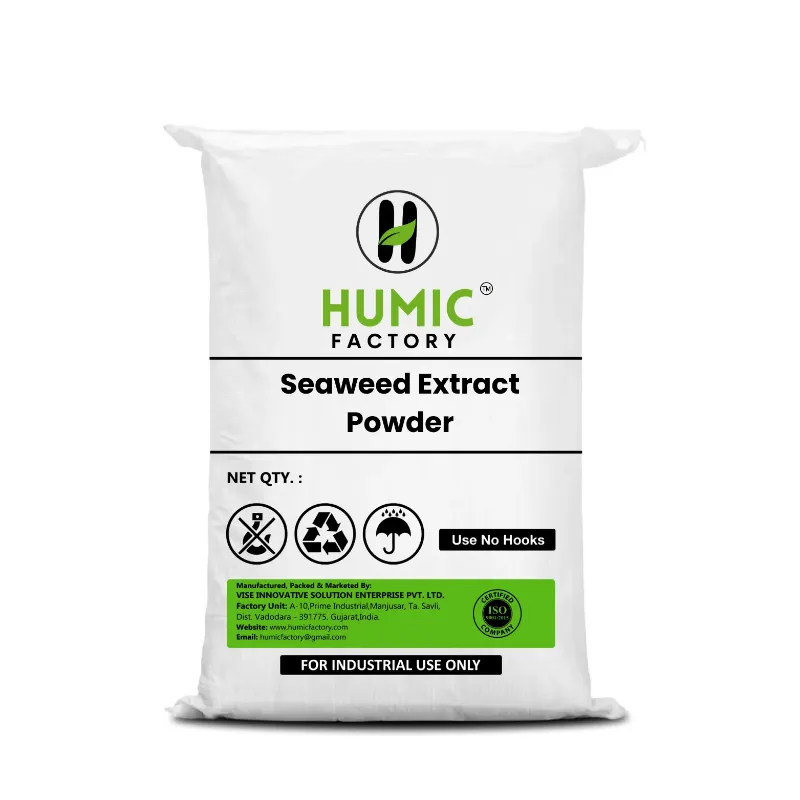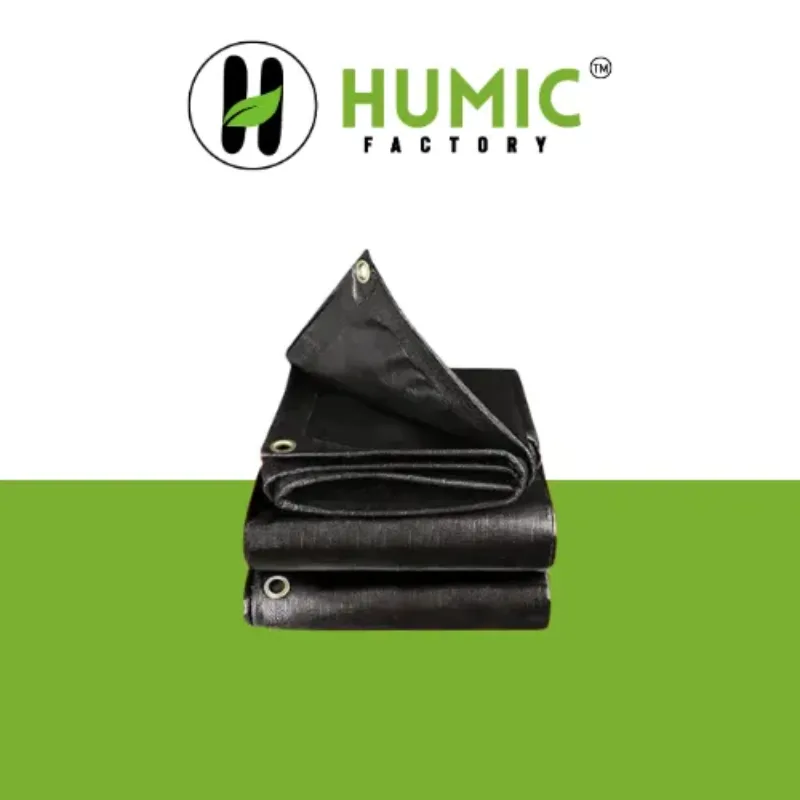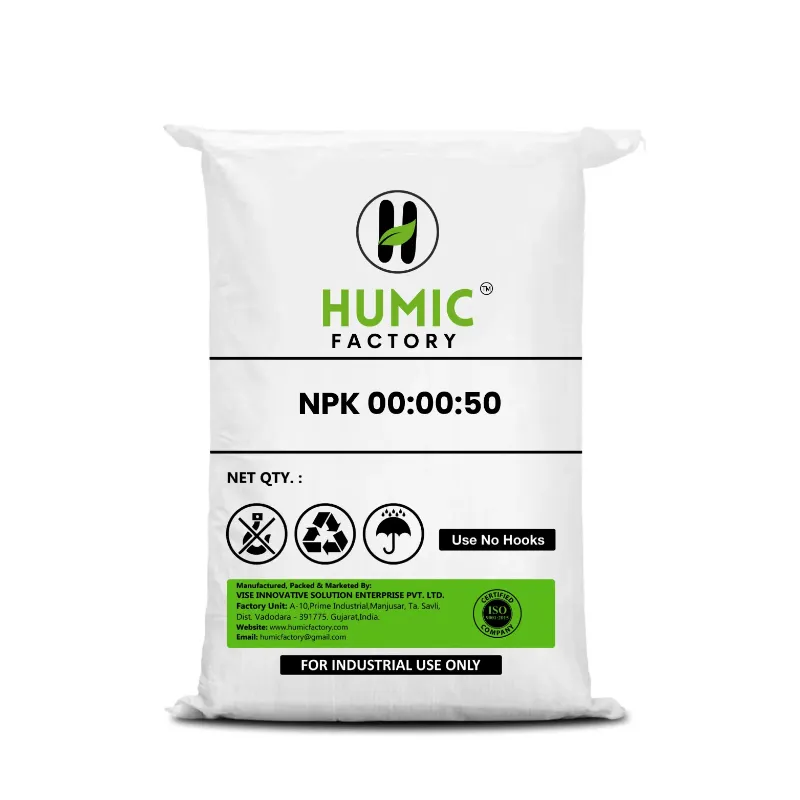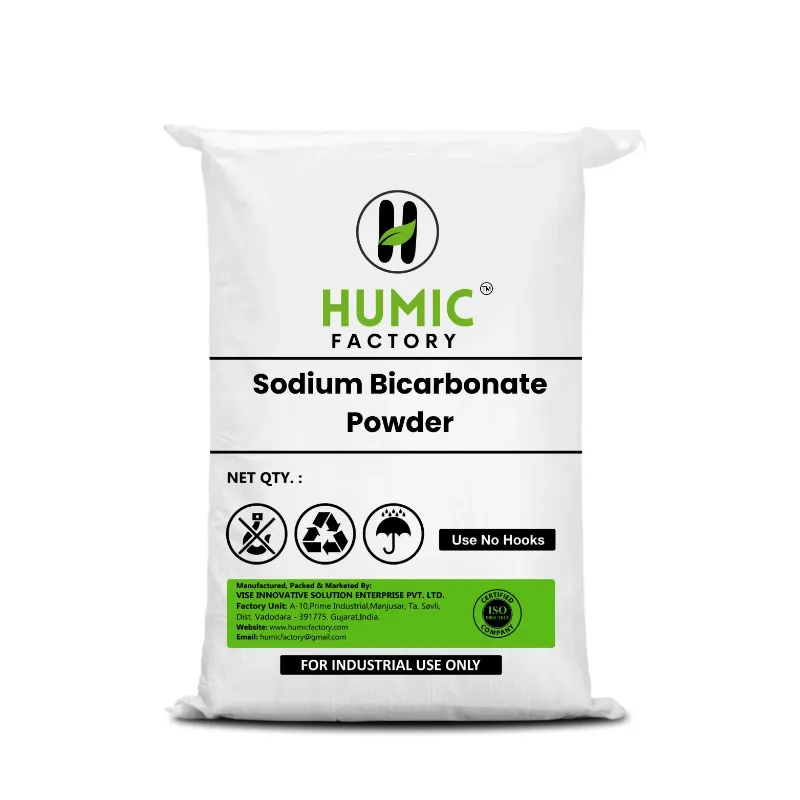The marine resource known as seaweed is a versatile system of ecological, healthy, and agricultural value. The worldwide demand for algae products has increased the importance of storage to maintain freshness, nutrient retention, and usability throughout a lifespan. A variety of storage methods maintain shelf life and should not alter the valuable compounds and materials found in seaweed extract.
Seaweed can be transformed from small-scale farmed raw material or processed its industrial scale. Preservation protocols will determine seaweed’s usability and application for fertilizers, bio-packaging and organic input. Proper drying, packaging and controlling temperature will support the usability of a seaweed product. Optimizing seaweed storage for viable food products is essential for product stability, but also supporting wide picture to achieve sustainable marine agriculture.
Introduction: Why Seaweed Storage is Gaining Global Attention
Seaweed storage is relevant for industries finding sustainable alternatives to plastic and fossil-fuel-based products. The eco-friendly, abundance, and versatility of seaweed could offer a huge scale global opportunity for establishing a new method of storing, preserving, and packaging materials. Innovators, entrepreneurs need long-term seaweed storage rather than for consumption or fertilizers, and seaweed has great potential options to align with personal environmental goals.
The growing need for sustainable storage solutions
As concerns about plastic pollution and resource depletion grow, there is an ever-growing urgent market for biodegradable and renewably sourced materials for packaging and storage. Seaweed extracts, containing natural polymers such as alginates and carrageenans, can be made into films, containers, and secure wraps. Seaweed products provide a clean and compostable form of packaging and storage compared to traditional plastic options. Seaweed-based products allow industries to meet environmental compliance without compromising their carbon footprint.
- Seaweed packaging products biodegrade faster than plastic, which helps to alleviate waste in landfills.
- The natural, renewable, and readily available materials could help industries transition toward a more circular economy.
- There are many safe seaweed based products that can come into contact with edible food as replacements for packaging traditionally made from petroleum-based products.
The role of seaweed storage in reducing plastic waste
Conventional plastic storage contributes to macro-micro pollution in our world. Seaweed-based storage products reduce pollution by decaying a naturally occurring resource that biodegrades without leaching toxins into the environment. The harvesting of seaweed involves no ulterior inputs, but utilizes a rapid growing resource that does not require freshwater or fertilizers. This means seaweed should emerge as the healthy, sustainable material that can be used for more environmentally friendly packaging and storage.
- Seaweed packaging will help to remove and reduce our reliance on single use plastics.
- Their use can help to reduce greenhouse gas emissions associated with plastic production, but also will benefit buying from local coastal areas with a potentially reduced carbon footprint.
- Supporting the adoption of seaweed-based products will help bolster ocean health, and reduce marine litter.
Environmental and economic drivers of seaweed storage
The impetus for the 'green' solutions is not just environmental but also economic. Proper storage methods can extend the shelf life of products with a seaweed base, which results in less food waste and more useable products. Also, investments in these storage technologies, and more broadly with the development of seaweed extracts, creates job opportunities in marine areas, contributes to the blue economy, and demonstrates that there are many solutions which can be scaled as a global supply chain.
- Extend product lifespan with limited environmental impact.
- Provide coastal economies with new sustainable aquaculture projects and innovative products.
- Appeal to environmentally-minded goods consumers and other businesses that are looking for plastic-free alternatives.
The Science Behind Seaweed Storage and Its Unique Properties
The scientific principles for selecting storage technologies with a seaweed base is well substantiated. The myriad of types of seaweed consists of complex carbohydrates and a range of natural polymers called alginate, carrageenan and agar. These polymers can be extracted, purified, dried, & formulated into biodegradable films, gels, and containers in place of petroleum-based packaging materials. Unlike traditional plastic–seaweed-based packaging decomposes in the environment within weeks and does not leave any biodegradable waste behind.
These extruded derivatives from seaweed are the basis for developing packaging that remains stable while lightweight, and offers possibilities for a wide range of storage products. Their suitable water retention and oxygen barrier properties make them especially valuable for extending the seaweed shelf life of various foods products.
Biodegradable compounds in seaweed extract for packaging
The bioactive compounds in seaweed extract enable the creation of environmentally friendly packaging. These extracts not only maintain the integrity of stored goods but also resist microbial degradation and UV damage—making them ideal for commercial applications.
Natural polymers in seaweed contributing to eco-friendly storage
The natural polymers in seaweed are central to its environmental appeal. These polymers are renewable, safe, and do not require harmful chemicals during processing. More importantly, they are biodegradable in both land and marine environments—reducing the long-term pollution associated with conventional plastics.
- Compostable: Seaweed packaging breaks down in compost within 4–6 weeks.
- Non-toxic: Safe for both food contact and the environment.
- Marine-safe: Does not harm aquatic ecosystems when disposed of improperly.
How seaweed storage helps minimize environmental pollution
Seaweed-based packaging directly addresses the plastic crisis. Conventional plastic takes hundreds of years to degrade and releases microplastics into soil and water. In contrast, seaweed storage solutions offer a clean lifecycle—from farming to decomposition—without polluting the environment.
Improving Seaweed Shelf Life: Storage Innovations and Solutions
With the rise in global seaweed application across industries, maintaining seaweed shelf life has become a top priority for producers and distributors. Seaweed, being a high-moisture marine product, is highly perishable if not preserved correctly. Advancements in seaweed storage methods now allow seaweed to be stored and transported with minimal spoilage, maintaining its nutritional and functional value for extended periods.
Innovations such as drying technologies, vacuum packaging, and cold storage systems help reduce microbial growth and enzymatic degradation, significantly extending shelf life.
Common challenges with seaweed shelf life and spoilage
Despite its benefits, raw seaweed is sensitive to environmental conditions. The key challenges affecting seaweed shelf life include:
- High moisture content: Promotes microbial activity and rapid decay.
- Temperature sensitivity: Fluctuations lead to wilting, color loss, and breakdown of nutrients.
- Oxidation: Exposure to air can degrade key bioactive compounds in seaweed extract.
- Handling contamination: Improper harvesting or processing can introduce bacteria and fungi.
These challenges are particularly significant for seaweed intended for food, pharmaceutical, or agricultural use, where quality and shelf stability are non-negotiable.
Technologies extending seaweed shelf life for commercial use
To combat spoilage and degradation, several advanced storage and preservation technologies have emerged:
- Freeze Drying: Removes moisture while preserving nutrients and structure, extending shelf life up to 2 years.
- Vacuum Packaging: Reduces oxygen exposure, limiting microbial growth and oxidation.
- Modified Atmosphere Packaging (MAP): Replaces air with gases like CO₂ to delay spoilage.
- Cold Chain Logistics: Refrigeration from harvest to delivery slows decay and ensures stable seaweed storage.
- Natural Preservatives in Seaweed Extracts: Seaweed compounds like fucoidan and polyphenols themselves act as antimicrobials.
These technologies are enabling seaweed to be stored at industrial scale for food, cosmetics, and biofertilizer applications.
Best practices for seaweed storage and preservation
Maintaining optimal seaweed shelf life also relies on adhering to good storage practices:
- Drying: For dried seaweed, ensure moisture is below 15% and store in airtight containers away from light.
- Temperature Control: Fresh seaweed should be kept between 0°C and 4°C to maintain freshness.
- Packaging: Use food-safe, biodegradable packaging to protect from light, oxygen, and contaminants.
- Clean Harvesting: Ensure harvesting tools and containers are sanitized to avoid post-harvest contamination.
- Use of Seaweed Extracts: Applying seaweed extract coatings on fresh seaweed can help reduce microbial spoilage and extend shelf life.
These practices are especially important for commercial seaweed applications, where consistency and safety are essential.
Seaweed Storage Applications Across Industries
As industries strive for sustainable solutions, seaweed storage has emerged as a powerful innovation across agriculture, packaging, and textiles. Thanks to its biodegradable nature and the valuable compounds found in seaweed extract, seaweed-based storage solutions offer practical, eco-friendly alternatives to traditional synthetic materials. With proper seaweed shelf life management, the versatility of this marine plant can be leveraged effectively across multiple sectors.
Seaweed extract in agricultural storage and fertilizers
In agriculture, seaweed extract is widely used for creating natural fertilizers and biostimulants. Proper seaweed storage ensures that these extracts retain their nutrient-rich properties, such as cytokinin, auxins, and micronutrients, which are essential for plant growth.
Applications in agriculture include:
- Liquid fertilizers made from stored seaweed extract that improve crop yield and soil health.
- Coated seed treatments where seaweed-based compounds enhance germination and resilience.
- Shelf-stable seaweed powders that are mixed into compost or applied directly to soil.
Innovative drying and cold-chain storage technologies extend the seaweed shelf life, ensuring these products remain effective and usable long after harvest.
Food packaging innovations using seaweed-based films
The food industry is actively turning to seaweed storage materials to combat plastic waste. Biodegradable films made from seaweed extract offer an excellent alternative to petroleum-based plastics.
Notable packaging applications:
- Edible packaging for dry goods, fruits, or take-out meals, made from seaweed starches.
- Moisture-resistant wrappers that prolong shelf life without introducing toxins.
- Compostable pouches for tea, snacks, or spices.
The benefit of seaweed-based films is not only their environmental impact but also their seaweed shelf life compatibility—they preserve food freshness while decomposing naturally post-use.
Seaweed storage applications in fashion and textiles
In the textile industry, seaweed-derived fibers and coatings are being used to develop breathable, anti-bacterial, and skin-friendly fabrics. With growing emphasis on circular economies, seaweed is making waves in sustainable fashion.
Key textile applications include:
- Yarns infused with seaweed extract that provide skin-soothing properties and natural antibacterial effects.
- Biodegradable storage bags or garment wraps to replace plastic packaging in apparel
- Durable seaweed-based coatings for outerwear, offering UV and water resistance.
Proper seaweed storage methods are critical to maintain the bio-functionality of these materials from production to retail.
Seaweed Storage vs Traditional Storage: The Sustainable Advantage
As global industries shift toward eco-friendly solutions, seaweed storage is rapidly gaining momentum as a sustainable replacement for conventional plastic-based packaging. Derived from renewable marine sources, seaweed-based materials not only offer practical storage alternatives but also align with environmental and climate goals. When managed with proper techniques to optimize seaweed shelf life, these products outperform traditional materials in several crucial ways.
Comparing seaweed storage to conventional plastic packaging
Traditional plastic packaging is widely used due to its durability and low cost. However, it contributes significantly to pollution and landfill accumulation, as plastics can take hundreds of years to degrade.
In contrast, seaweed storage products are:
- Biodegradable within weeks to months in natural conditions.
- Made from seaweed extract, which is free from synthetic chemicals.
- Non-toxic and safe for food and agricultural applications.
- Easily compostable, eliminating the need for waste-processing facilities.
While plastics may offer long shelf stability, they come with high ecological costs. Properly processed seaweed materials, when stored in moisture-controlled environments, maintain excellent seaweed shelf life suitable for both industrial and consumer packaging.
Reducing carbon footprint with seaweed-based materials
Seaweed is a carbon-absorbing plant, making it a crucial player in the fight against climate change. During its cultivation, it absorbs large amounts of CO₂, unlike plastic production, which emits greenhouse gases.
Environmental advantages of seaweed-based storage:
- Carbon-negative production when seaweed is farmed and harvested responsibly.
- No reliance on fossil fuels or non-renewable resources.
- Fewer emissions in manufacturing processes.
- Support for marine biodiversity and ocean health during cultivation.
By replacing conventional storage with seaweed storage, industries can significantly reduce their carbon footprint while supporting a more sustainable supply chain.
Compostable and zero-waste advantages of seaweed storage
Another vital benefit of seaweed extract-based materials is their compatibility with composting systems. While traditional plastics accumulate in landfills and oceans, seaweed-derived materials decompose naturally without leaving microplastics behind.
Zero-waste advantages include:
- Seaweed packaging can be composted at home or in industrial facilities.
- No harmful residues after degradation.
- Encourages circular economy models for packaging and consumer goods.
- Suitable for both short shelf life items and products requiring durability.
Moreover, the development of shelf-stable forms of seaweed storage—including dry films, sheets, and pouches—ensures their usability across temperature and humidity ranges with minimal degradation.
The Future of Seaweed Storage Technology
As environmental challenges push industries to adopt greener alternatives, seaweed storage has emerged as a leading solution for sustainable packaging and material innovation. With ongoing advancements in biotechnology and materials science, the future of seaweed extract applications is poised for massive growth—not just in terms of scale, but also in functional efficiency, shelf life, and environmental impact.
Innovations transforming seaweed extract applications
Breakthroughs in extraction and processing methods have allowed scientists and engineers to transform seaweed extract into high-performance materials that match or surpass traditional synthetic plastics in flexibility, durability, and biodegradability.
Key technological innovations include:
- Hydrocolloid extraction (alginate, agar, carrageenan) for stronger, film-forming capabilities.
- Development of multi-layered seaweed packaging, increasing water resistance and thermal stability.
- Nanotechnology integration, enhancing barrier properties and extending seaweed shelf life.
- Blended biopolymers, combining seaweed with starch or cellulose for diverse applications.
These innovations are not only enhancing material functionality but are also enabling seaweed-based solutions to enter new markets such as pharmaceuticals, electronics, and logistics packaging.
Global market trends and expansion in seaweed storage
With growing concerns over plastic waste and carbon emissions, seaweed storage is witnessing rapid global market adoption. Nations across Europe, Asia, and North America are investing in seaweed-based alternatives, both for domestic consumption and export.
Market trends driving growth:
- Increased funding for algae startups and seaweed biotech companies.
- Rising consumer demand for compostable and zero-waste products.
- Expansion of seaweed farming cooperatives to meet raw material needs.
- Adoption in major sectors like food delivery, cosmetics, and textile packaging.
Reports estimate the global seaweed packaging market to grow at over 12% CAGR in the coming decade, fueled by innovation, policy changes, and shifts in consumer behavior.
Seaweed storage’s role in future climate strategies
As countries aim for net-zero emissions and more resilient economies, seaweed storage aligns perfectly with climate goals. Seaweed farming sequesters carbon dioxide from the atmosphere, supports marine biodiversity, and requires no freshwater or fertilizers—making it a zero-input crop with multiple ecosystem benefits.
Climate-aligned advantages of seaweed storage:
- Carbon-negative production cycle with minimal energy use.
- Reduction of plastic pollution in oceans and soil systems.
- Bio-based storage contributing to low-impact supply chains.
- Enhancing seaweed shelf life ensures better storage logistics with reduced waste.
Seaweed's natural abundance, fast growth, and non-competitive status with arable land make it a strategic asset in addressing food security and sustainable development.
FAQs
Q1. What is seaweed storage and how does it work?
Seaweed storage refers to using seaweed-derived materials—mainly films made from seaweed extract—to create biodegradable, compostable packaging that replaces plastic. These materials are formed into sheets or containers and offer natural preservation capabilities.
Q2. How can seaweed shelf life be extended for long-term storage?
To extend seaweed shelf life, technologies like controlled drying, vacuum sealing, and anti-microbial coatings are used. Proper storage conditions, including low humidity and cool temperatures, also prevent spoilage and nutrient loss.
Q3. What industries are using seaweed storage today?
Seaweed storage is used across industries such as food packaging, agriculture, fashion (textile wraps), and cosmetics, driven by the demand for eco-friendly alternatives to plastic and sustainable storage solutions.
Q4. Does seaweed storage cost more than plastic storage?
While initial costs for seaweed storage can be higher than plastic, the long-term value includes environmental savings, consumer preference for sustainable packaging, and reduction in waste management costs—making it economically viable.
Q5. How is seaweed extract used in storage solutions?
Seaweed extract, especially alginate and agar, is used to create films and coatings. These compounds form strong, flexible, and biodegradable materials ideal for storing food, seeds, and other sensitive goods.
Q6. What makes seaweed storage environmentally superior?
Seaweed storage is biodegradable, renewable, and carbon-negative. It helps reduce plastic pollution, supports marine sustainability, and requires no fresh water, pesticides, or arable land—making it a truly green alternative.
Conclusion: Embrace Seaweed Storage to Build a Cleaner, Greener Future
As environmental challenges intensify, the shift toward sustainable, biodegradable materials becomes not just beneficial, but essential. Seaweed storage offers a powerful, eco-friendly alternative to conventional plastic and synthetic packaging by using the natural polymers found in seaweed extract to create compostable, zero-waste storage materials. These innovations not only help reduce plastic waste but also support healthier ecosystems and more resilient economies.
- Eco-Friendly Alternative: Unlike plastic, seaweed storage is biodegradable and decomposes naturally, leaving no toxic residue behind.
- Efficient Shelf Life Solutions: Innovations in drying, anti-microbial treatment, and seaweed extract film technology have significantly enhanced seaweed shelf life, making it viable for commercial and industrial use.
- Sustainable Resource: Seaweed grows rapidly without the need for fertilizers, fresh water, or arable land. This makes it one of the most sustainable biomaterials on the planet.






